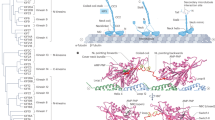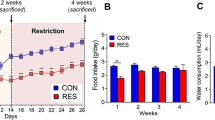Abstract
The osmotic pressure and kinetic properties of water play important roles in biomolecular interactions. As pointed out by Parsegian, Rand, and Rau, these crucial roles are often overlooked[1]. In some fields, osmotic stress and isotope effects have been exploited for probing the role water plays in binding interactions of biomolecules. To our knowledge, there have been no studies of osmotic stress and water isotope effects for kinesin, and only a handful for myosin. We're currently using the gliding motility assay to see whether we can extract new information about kinesin-1 / microtubule interactions by changing osmotic stress and water isotopes. We will describe our open-source, automated analysis platform for extracting microtubule gliding speeds from image series. We will also show our preliminary analyses of the changes seen in gliding assays when done in heavy water (either heavy-hydrogen or heavy-oxygen) or osmolytes (betaine). We will discuss whether osmotic stress and isotopes, particularly heavy-oxygen water, might be an important tool for probing effects of water on binding interactions between kinesin and microtubules. We will also discuss potential applications of deuterium water for stabilizing microtubules and kinesin for lab or device applications.[1] Parsegian, V. A., Rand, R. P., & Rau, D. C. (1995). Macromolecules and water: probing with osmotic stress. Methods in Enzymology, 259.This work was supported by the DTRA CB Basic Research Program under Grant No. HDTRA1-09-1-008 in collaboration with Dr. Susan Atlas lab (UNM).
Similar content being viewed by others
Article PDF
Author information
Authors and Affiliations
Corresponding authors
Rights and permissions
About this article
Cite this article
Koch, S., Maloney, A. & Herskowitz, L. Osmotic stress and water isotope effects in kinesin-1 gliding motility assays. Nat Prec (2010). https://doi.org/10.1038/npre.2010.4479.1
Received:
Accepted:
Published:
DOI: https://doi.org/10.1038/npre.2010.4479.1



